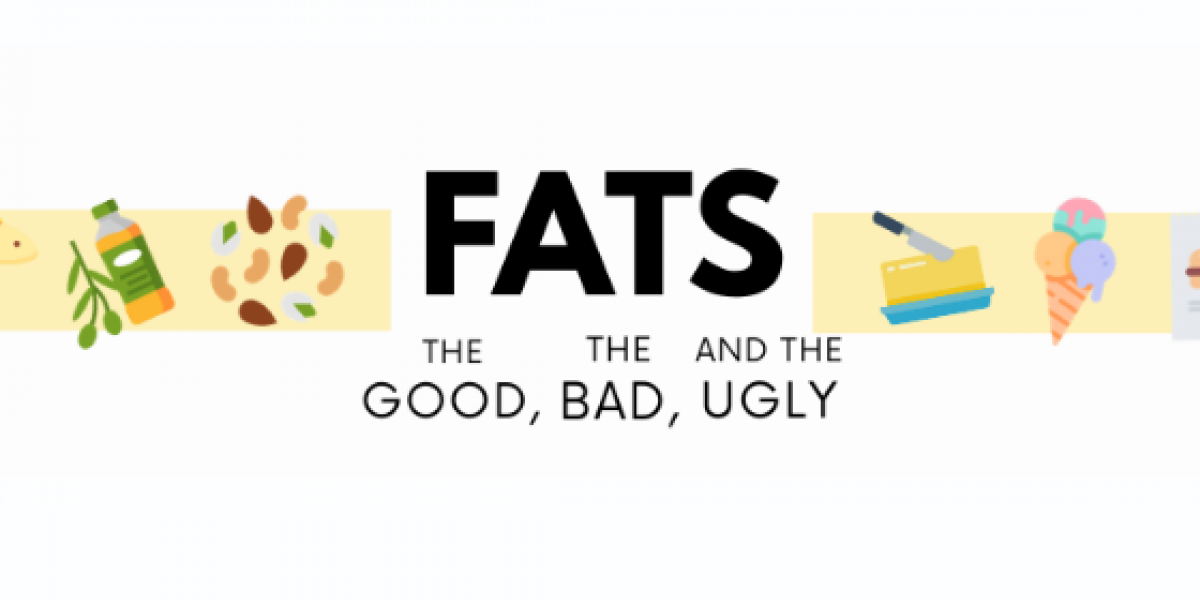
Fats: The Good, the Bad and the Ugly—Part 3
Tips in the Kitchen
Including some fat in your meals is quite important to our health because it helps our body with digestion, metabolism, and the absorption of some nutrients. Fat also plays an important role in our cooking; It adds great flavor, moisture, and creamy textures to the food we eat. However, we know that the typical American diet is very high in fat, especially in saturated fat. That does not mean we have to avoid fat completely when we cook. Here are some tips you can use in your kitchen when cooking with fat.
For cooking fats: We encourage using oil as your main cooking fat as opposed to butter, margarine, and shortening. This helps reduce the amount of saturated fats you consume and helps increase your intake of unsaturated fats! Below is a list of oils and their smoke points, which is the temperature at which oils begin to burn and smoke. Understanding these smoke points is very important in order to prevent adding burnt flavors to food and to prevent losing any important nutrients.
Extra Virgin Olive Oil: 325 F
- There are different kinds of olive oil available in the store, and the only difference between each variety is how they are processed. EVOO is specifically known for having a lower smoke point and can burn/go rancid faster than other oils. You may notice that bottles and containers of olive oil are generally dark or opaque; this helps prevent damage that can cause the oil to go rancid.
- Use for sautéing, in salad dressings, and as a finishing oil.
Canola and Vegetable: 400 F
- Canola and vegetable oils have similarly high smoke points, which work well for high heat cooking applications.
- Use for sautéing, deep frying, stir -frying, baking, and in mayo recipes
Grapeseed: 425 F
- Grapeseed oil is commonly used in the restaurant industry due to its high smoke point and clean flavor. Also use this oil for high heat applications.
- Use to deep fry, stir fry, and in salad dressings thanks to its very neutral taste (if olive oil is not on hand).
Toasted Finishing oils: 300-325 F
- These are the fancy bottles in the grocery store such as walnut, sesame, chili oil, etc. These are called finishing oils because these oils have delicious, aromatic flavors to top off or “finish” any dish. Due to their low smoke points, it is not ideal to cook with these other than to add flavor.
- Use to top/finish dishes, to add flavor, or use in salad dressings
Go Lean on Meats:
When discussing meat and animal proteins, we recommend you consume leaner meats such as chicken, turkey, and fish. Red meats such as beef and pork tend to have higher amounts of saturated fat, so we recommend you limit your consumption of these choices or find leaner cuts. (For example, if you love the flavor of ground beef and you have a hard time giving it up, you might consider buying extra lean ground beef at your market. The fat content of this is similar to ground turkey.) Also trim off any visible fat from beef and pork products and remove the skin from these meats.
Choosing Low-fat dairy:
Choose skim-milk, reduced-fat cheese, and nonfat yogurt if you consume dairy regularly, as dairy tends to be high in saturated fat as well. (You might also consider a “plant-based” milk, like rice or oat milk, which is naturally low in sat fat and cholesterol.) Cheeses that are naturally lower in fat include cottage cheese, feta, and low-moisture mozzarella. Another tip is to choose a stronger-flavored cheese, like Parmesan or Feta, and use a small amount of it…with the flavor of these cheeses, a little goes a long way!
Choosing Unsaturated Fats in Dishes:
Try to use mashed avocado instead of mayonnaise in your sandwiches, or top salads with nuts and seeds instead of croutons for a crunchy topping.
Enjoy What you Love in Moderation!
It is still okay to enjoy indulgent foods and use ingredients with saturated fats, such as having creamy pasta sauces or using butter in our cooking. Just try to make these choices less often.






